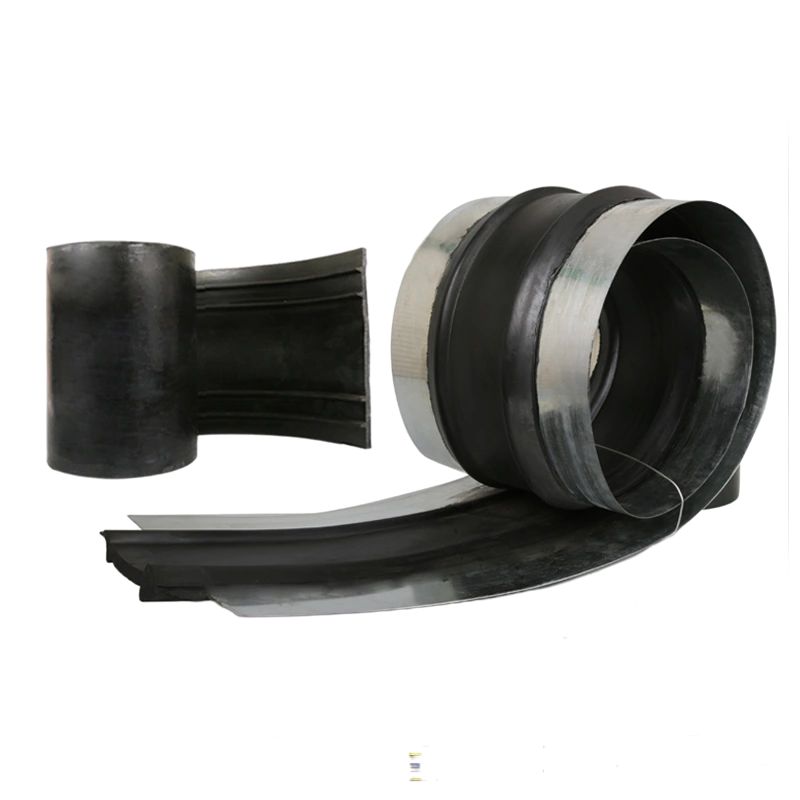The Importance Of Butyl Rubber Waterstops In Construction Projects
In construction projects, ensuring the integrity and longevity of the structure is crucial. A key component that plays an important role in this is butyl rubber waterstop. This innovative material is designed to effectively prevent water from passing through concrete joints, making it an important element in a variety of construction applications.
Butyl rubber waterstops are specifically designed to provide a reliable waterproof barrier to construction joints, expansion joints and other vulnerable areas within concrete structures. Its exceptional properties make it ideal for ensuring watertightness and durability of buildings, dams, tunnels and other infrastructure projects.
One of the key benefits of butyl rubber waterstop is its excellent resistance to water, chemicals and extreme weather conditions. This makes them very effective at preventing water penetration and protecting concrete structures from potential damage caused by moisture and environmental factors. Additionally, their flexibility and ability to accommodate joint movements make them an ideal solution for maintaining the structural integrity of construction joints.
The use of butyl rubber waterstops is becoming increasingly common in the construction industry due to their proven performance in mitigating water-related problems. By incorporating these waterstops into building designs, engineers and contractors can effectively enhance the overall waterproofing and durability of a concrete structure, ultimately contributing to its long-term stability and functionality.
Additionally, butyl rubber water stops provide a cost-effective and sustainable solution to water leakage problems in construction projects. Their durability and resistance to deterioration ensure long-term effectiveness, reducing the need for frequent maintenance and repairs. Not only does this save time and resources, it also minimizes the potential risks associated with water damage to the structure.
In addition to its functional benefits, butyl rubber waterstop is relatively easy to install, making it a practical choice for construction professionals. Their versatility can be seamlessly integrated into a variety of joint configurations, providing a customized waterproofing approach to meet the specific requirements of each project.
As sustainability and environmental awareness continue to impact the construction industry, the use of butyl rubber waterstops aligns with these principles. By preventing water intrusion and maintaining the integrity of concrete structures, these waterstops help increase the overall resiliency and longevity of buildings and infrastructure, reducing the environmental impact associated with premature deterioration and the need for extensive repairs.
In summary, the use of butyl rubber waterstops in construction projects is critical to ensuring effective waterproofing and maintaining the structural integrity of concrete elements. Their ability to resist water penetration, accommodate joint movement and provide long-term performance makes them an integral part of modern building practice. By prioritizing the use of butyl rubber waterstops, construction professionals can maintain the quality and durability of their projects, ultimately increasing the overall reliability and sustainability of the built environment.
